(This is an excerpt from Brave New West, by Jim Stiles)
What makes anything special? It’s not just its beauty.
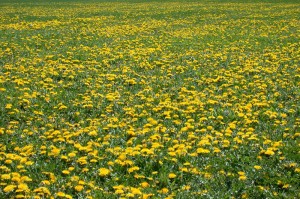 Dandelions are beautiful, but most people despise them. If dandelions only grew along the rugged shoreline of a remote and distant island off the coast of Newfoundland, the little yellow weed would be cherished and revered by people world-wide for its delicate beauty and perfect symmetry. Picking them would be a crime. We would celebrate Dandelion Appreciation Day.
Dandelions are beautiful, but most people despise them. If dandelions only grew along the rugged shoreline of a remote and distant island off the coast of Newfoundland, the little yellow weed would be cherished and revered by people world-wide for its delicate beauty and perfect symmetry. Picking them would be a crime. We would celebrate Dandelion Appreciation Day.
But because they are so prolific, most humans only tolerate them at best, and millions spend countless dollars and endless hours digging them up and pouring poison all over their lovely golden petals.
I think it’s the uniqueness of the place and the experience that gives it a special feeling. In Nature, what often provides that uniqueness is its remote and unknown (to most) location. In a land of 285 million humans, those Secret Places are dwindling at a rate that is difficult for many to fathom. For those of us who have lived here for 20 years or more, there was an assumption that most of these desert gems could depend on their remoteness for protection far more than any wilderness designation or government legislation might. Simply leaving them alone was the greatest gift to them. And not talking about it.
When I was a seasonal at Arches, my fellow rangers and I understood and practiced this maxim. Once, during my first season at the park, my good friend Kay Forsythe came by the Devils Garden trailer after a backcountry patrol, hot, sweaty and tired, but exhilarated from her long day in the canyons.
“Any chance I could get something cold to drink from you guys?” she pleaded. “I’m parched.”
“Sure,” we said. “Come on in.”
Kay settled into one of our rat infested, smelly “seasonal furniture” chairs and Roger handed her a tall tumbler of iced tea.
“Where’d you go?” I asked.
Kay grinned. “I think I found a new granary. In fact, I’m sure of it. Even Epperson’s never heard of it.”
“Jerry’s been all over the park since he became chief ranger,” I said. “If he doesn’t know about it, you’re probably right…where is it?”
She stared at me for a long moment and drew another long gulp. “How hot was it today?”
“Not too bad. 101, I think. Kay…”
She held up her hand like a traffic cop at a busy intersection as she coaxed the last drop of tea from the glass. Then she looked at me and said, “I’m not telling.”
“You’re not telling? Not anybody?”
“Nobody.”
“Well how do you know that Epperson hasn’t seen it?”
“I don’t for sure…I asked him if he knew where there were granaries in the park and he said he only knew of one. I asked him where it was and all he would do is point vaguely at the park map. But he pointed over here and mine…,” she hesitated for a minute as she stared at our park map. “…Mine is sort of over here. That’s all I’ll tell you.”
I gazed at the topo and nodded. “Well, that narrows it down to about 25,000 acres. You’re all heart.”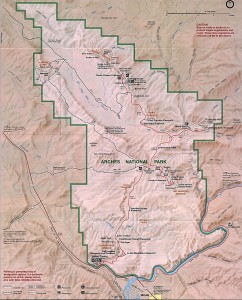
But I knew she was right.
Kay said, “Someday you’ll thank me for this. If you ever do stumble upon it on your own, it’ll mean a lot more.”
Seven years later, on another scorching summer afternoon, I was “sort of over here,” and there, under an overhang, miles from where I once imagined it might be, I found the mystery granary. There was no sign of recent human visitation. As far as I know, it still remains one of the Secret Places.
But for how long? And if it becomes just another part of the commercial tour, if it’s just another snapshot along the way, hasn’t it been diminished in some way?
I still recall the sad saga of Antelope Canyon. Mentioning it by name now doesn’t cause me to flinch a muscle. It’s too late now–it’s become yet another in a long line of “sacrifice areas,” but 25 years ago, I first saw a photo of this wondrous place on a calendar. I was relieved to see that the photo caption only identified the location as “a slot canyon on the Colorado Plateau.” This was not long after my learning experience with Kay and I made a vow to myself that I would never even try to find the canyon. That would be my contribution to its survival.
But a couple years passed and it began to show up in other calendars, now with a name attached to it, and I asked a ranger friend of mine who worked at North Rim. “Sure,” he said. “Antelope Canyon…That’s the slot canyon near _____.” (I still can’t bring myself to reveal the name of the town.)
I shook my head. “Is it seeing much use?”
“Yeah,” he said. “More than it can handle, I’m afraid.”
Years passed and I continued to see photographs and descriptions in various publications–you know what I mean–the Outside Magazine-esque “How to get there. What to wear. What you’ll see” filler stories that magazines like that make their money on. Good old Outside and their eye-catching cover stories: “Utah’s Best Kept Secrets.”
Right. But not for long, eh guys?
Then, in 1995, heading home from Death Valley, I saw the sign by the side of the road:
ANTELOPE CANYON GUIDED TOURS.
STOP NOW!
NEXT TOUR LEAVES IN ONE HOUR
Finally, watching television in a Motel 6 a few months later, Antelope Canyon made its network premier in a Zantac 75 commercial for acid indigestion. What connection this other-worldly crack in the rock had to a stomach ache remedy still bewilders me. But after I watched the commercial I needed several of the little pink pills.
It doesn’t take a lot of human effort to cheapen something sacred. More often than not, the degradation is unintentional. And unnoticed by the trespassers. The Secret Places are going fast and for the Next Generation maybe it doesn’t even matter. But it should, because without them we are a diminished people. The rocks don’t really give a damn what we do to them. Whether we honor them or whether we treat them like a product to be packaged, marketed, and sold…that’s our choice.
The Feb/Mar Z (click the cover)
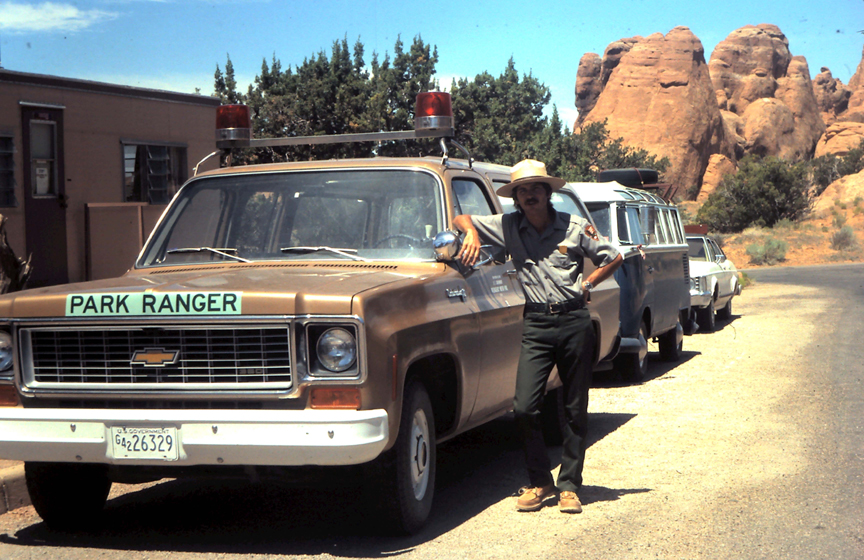
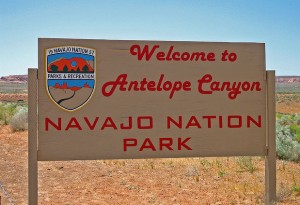
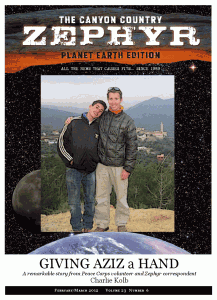
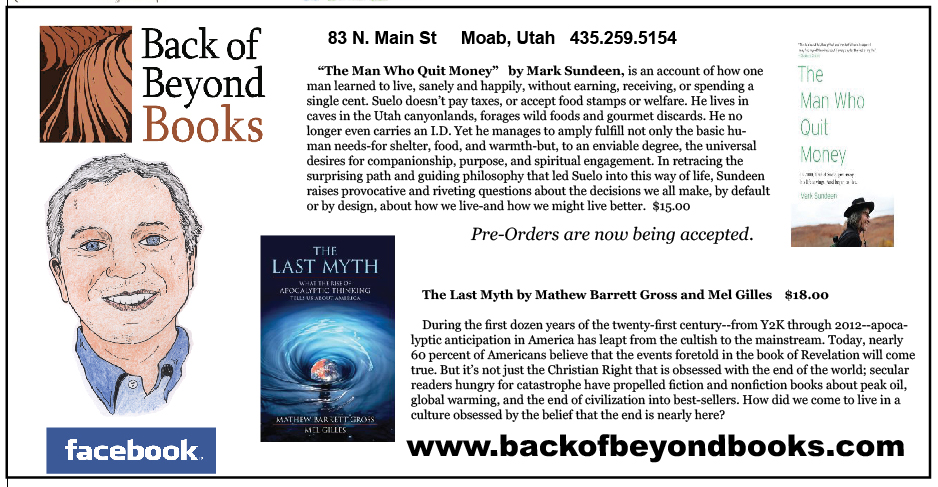
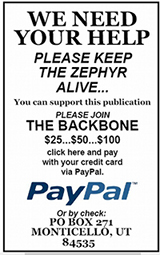

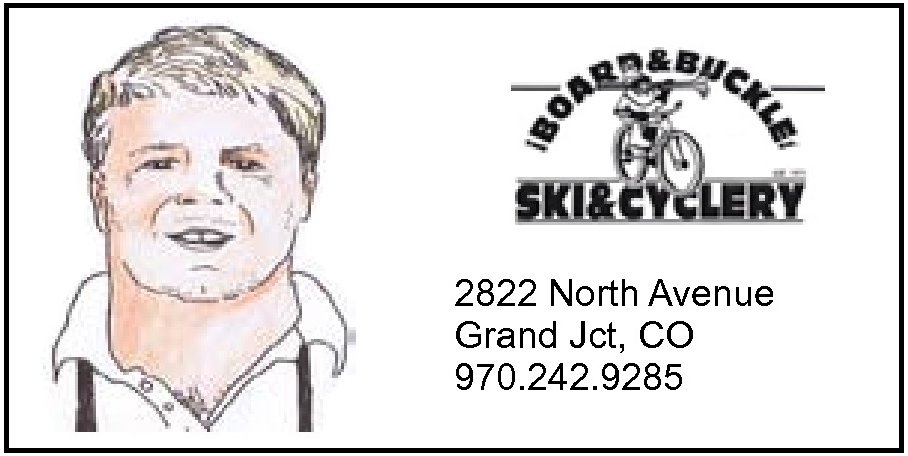
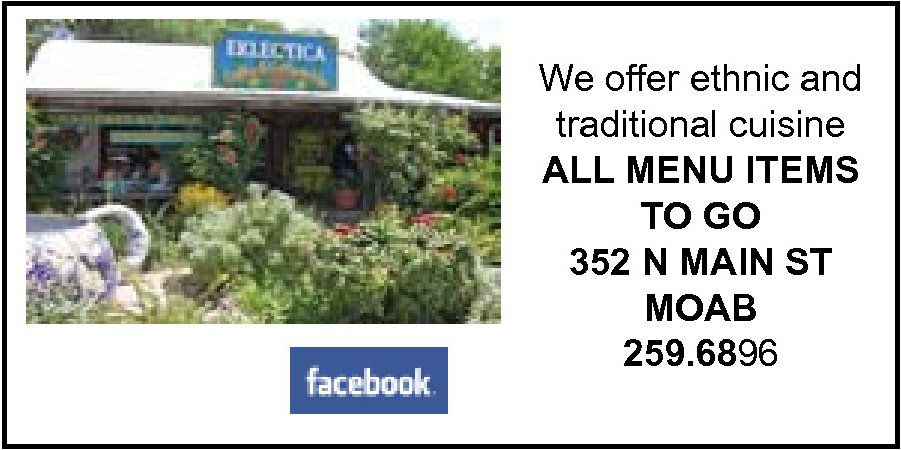

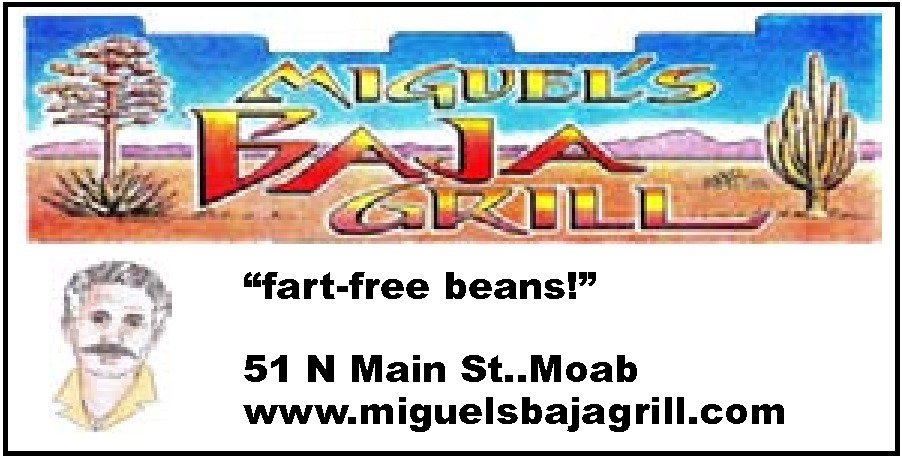
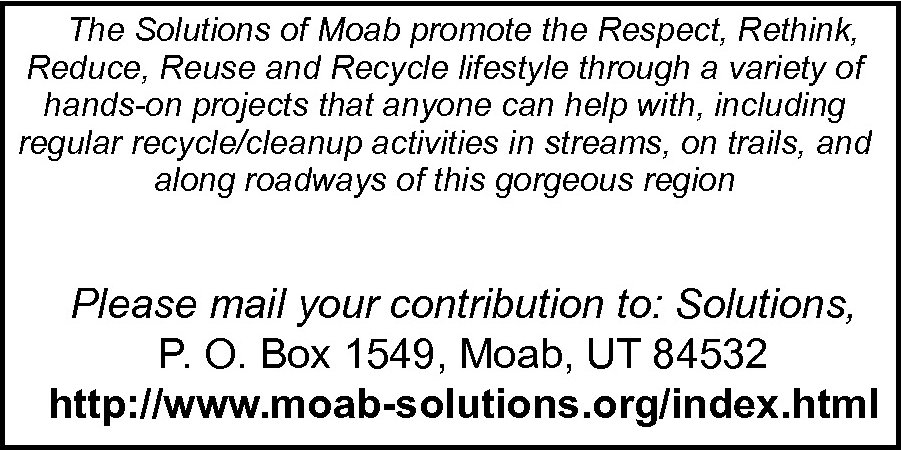
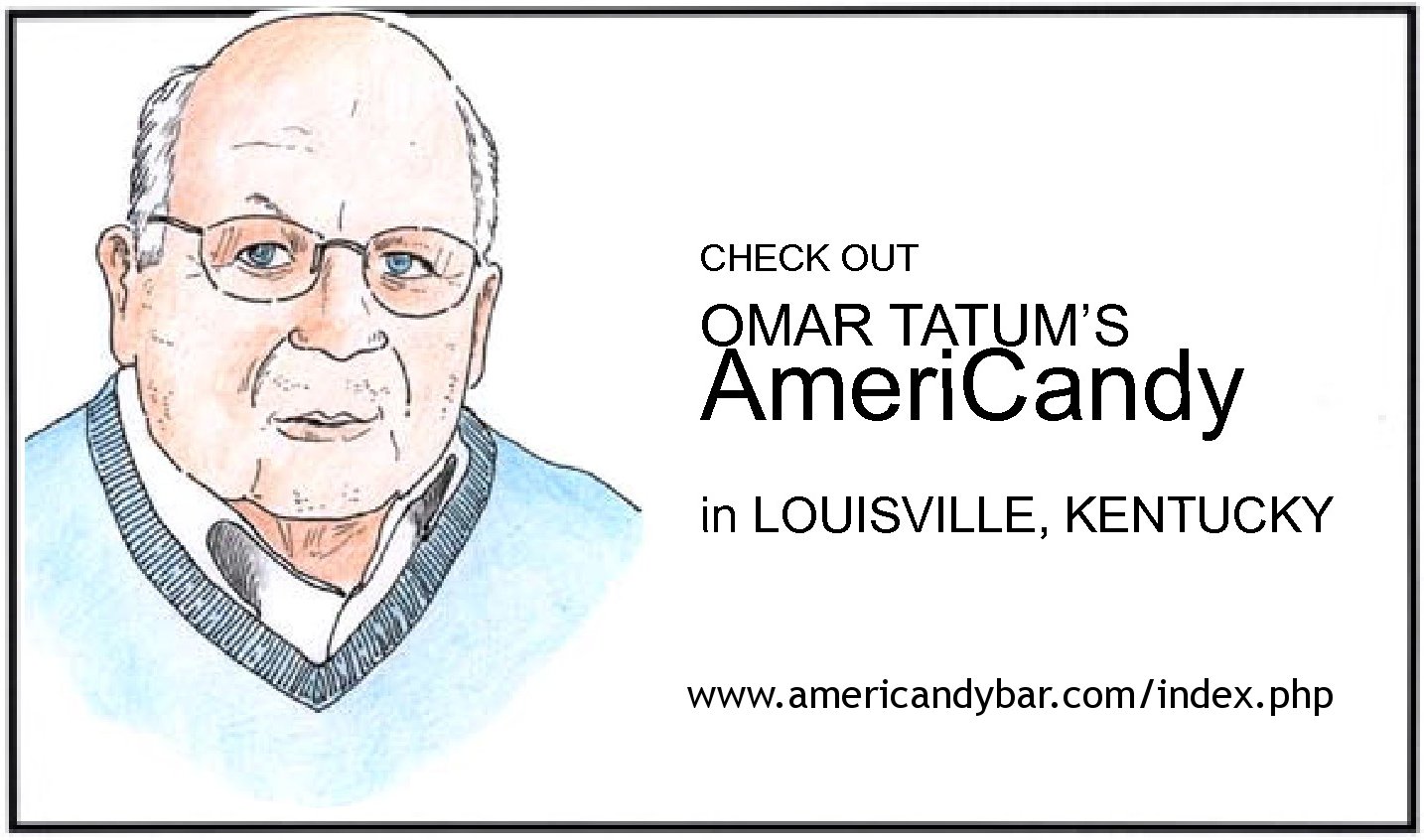

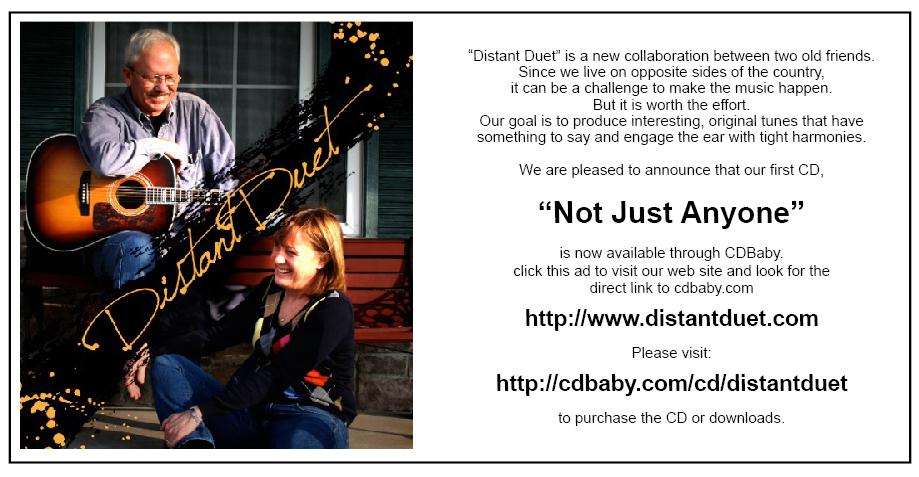
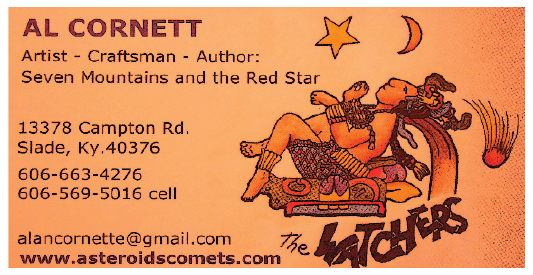


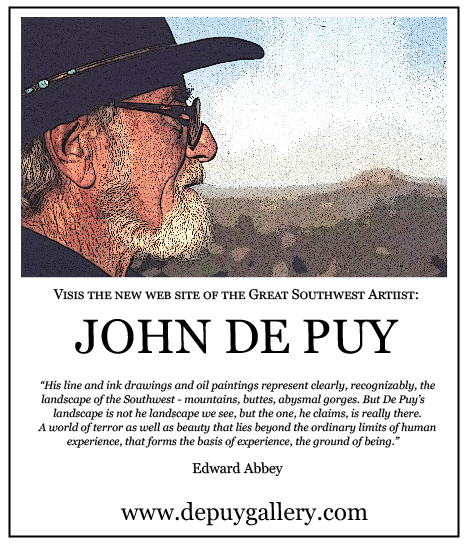

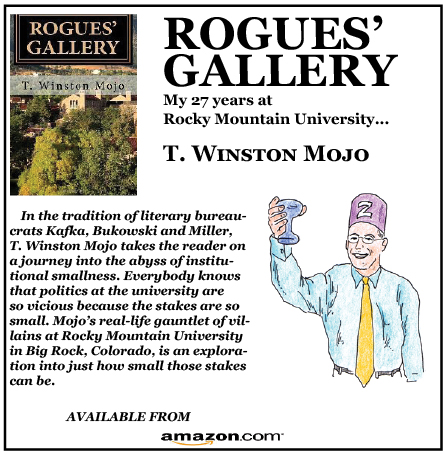
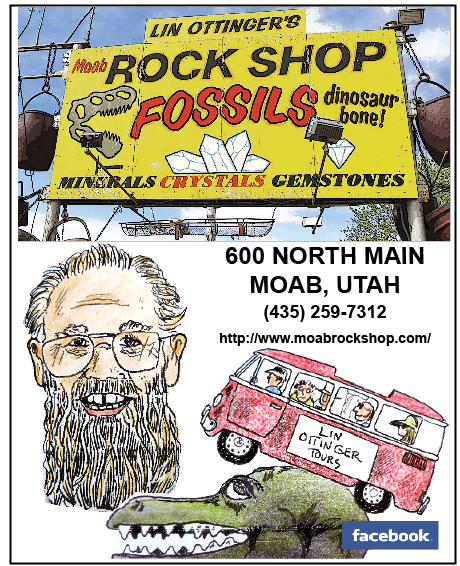
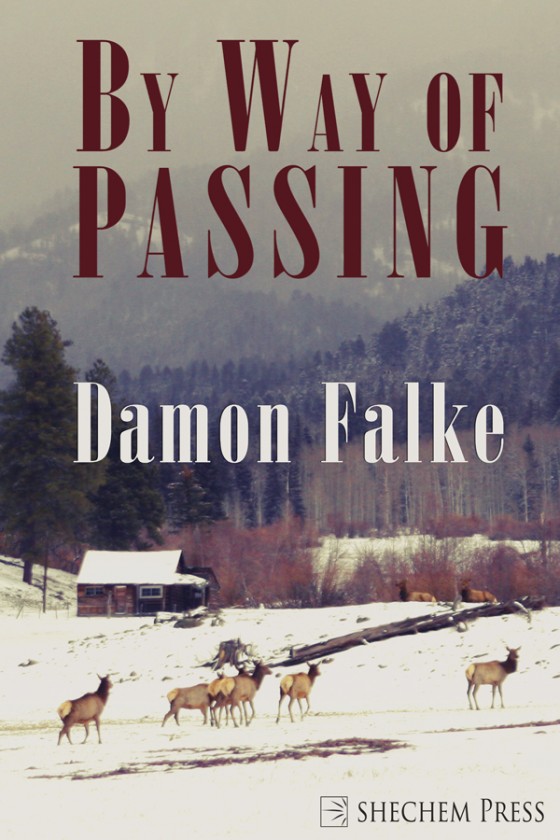
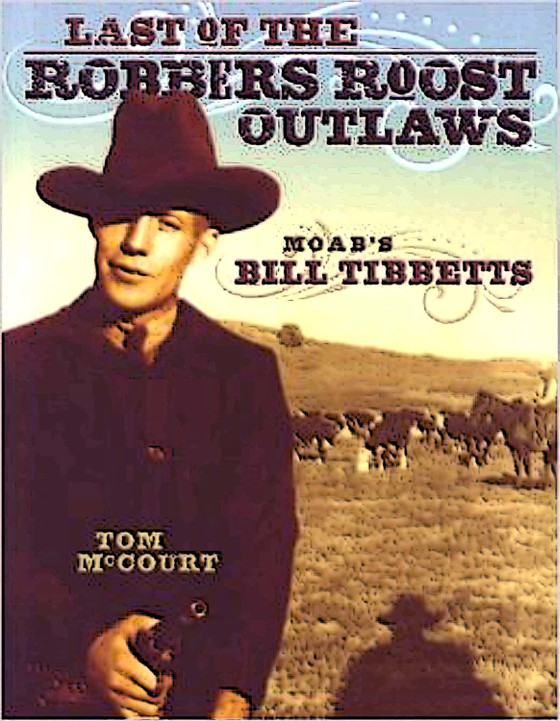
2 Responses
Stay in touch with the conversation, subscribe to the RSS feed for comments on this post.
What about that canyon down south of Bridges. The one with the ruins everywhere. As soon as it was publicized, it was ruined. so much for “secret” places.
Maybe this is the best reason to go to Mars.